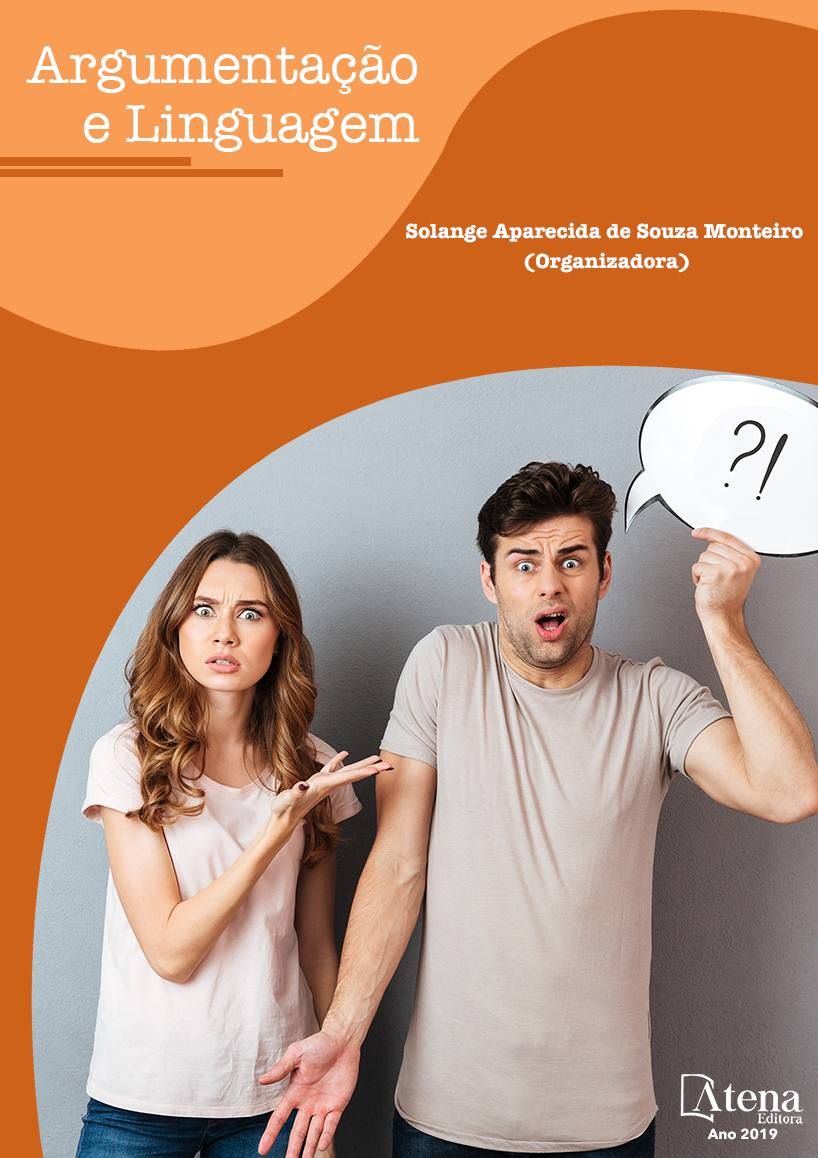
A INTENCIONALIDADE MARCADA NOS TEXTOS INSTRUCIONAIS: O QUE HÁ DE NOVO NISSO?
Os textos instrucionais têm por
finalidade designar procedimentos para os
leitores que precisam desempenhar tarefas
de diferentes naturezas. Entretanto, apesar
de uma similaridade enunciativa pressuposta,
encontramos formas de enunciação discursiva
discrepantes, dependendo do gênero
textual. Partindo desse achado, e baseada
no paradigma interpretativista, a presente
pesquisa analisa textos instrucionais de três
diferentes gêneros, com vistas a observar as
intenções que permeiam o tipo textual injuntivo.
Mas também reflete sobre como a escola pode
valer-se desses mecanismos linguísticos para
potencializar a leitura dos alunos. Baseado nos
Atos de Fala (AUSTIN 1962; SEARLE 1969;
1981; 2002), que possibilitaram observar os
comandos expostos nos textos, o resultado
das análises sugerem que as estruturas
frasais usadas para instruir pressupõem níveis
impositivos diferentes com que os locutores
enunciam os procedimentos. Mostram também
que o componente ilocucionário e a natureza do
gênero em que as frases são usadas constituem
os balizadores dessas instruções. Apesar de
algumas limitações, como a comparação entre
apenas quatro gêneros, quando há vários
outros gêneros pertencentes ao tipo injuntivo,
os resultados possibilitam uma reflexão
crítica sobre a reprodução do pressuposto,
principalmente nas escolas básicas, de que a
injunção oferece apenas ordens ou comandos.
A INTENCIONALIDADE MARCADA NOS TEXTOS INSTRUCIONAIS: O QUE HÁ DE NOVO NISSO?
-
DOI: 10.22533/at.ed.3031914086
-
Palavras-chave: Atos de Fala; Textos instrucionais; Leitura na escola.
-
Keywords: Speech Acts; Instructional texts; Reading at school.
-
Abstract:
The instructional texts are
intended to designate procedures for readers
who need to perform tasks of different natures.
However, despite an assumed expository
similarity, we find forms of disparate discursive
enunciation, depending on the genre. Based
on this finding, and based on the interpretive
paradigm, this research analyzes instructional
texts from three different genres, in order to
observe the intentions that underlie the injunctive
textual type. But also reflects on how school can
draw on these linguistic mechanisms to enhance
the students’ reading. Based on Speech Acts
(AUSTIN 1962; SEARLE 1969; 1981; 2002),
which made it possible to observe the commands exposed in the texts, the test results
suggest that the phrasal structures used to instruct assume different imposition levels
with which the speakers set out the procedures. They also show that the illocutionary
component and the nature of the genre in which phrases are used are the benchmarks
of these instructions. Despite some limitations, such as the comparison of only four
genres, when there are several other genres of the injunctive type, the results allow a
critical reflection on the reproduction of assumption, particularly in primary schools, that
the injunction only offers orders or commands.
-
Número de páginas: 15
- Hilma Ribeiro de Mendonça Ferreira
- Silvia Adélia Henrique Guimarães
- Silvia Adelia Henrique Guimarães


